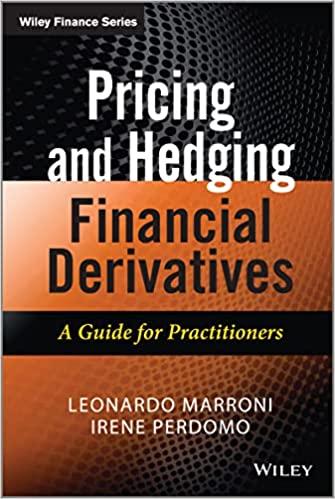Answered step by step
Verified Expert Solution
Question
1 Approved Answer
Abstract In early 2 0 1 8 , Diana Mulhall was undertaking a career change that would eliminate the need for frequent business trips to
Abstract
In early Diana Mulhall was undertaking a career change that would eliminate the need for
frequent business trips to Toronto. As a result, she wondered whether she should sell her condo
in the heart of the Canadian city or keep it as a rental property to generate income for herself.
The housing market in Toronto was booming, so Mulhall believed that the condo would fetch top
dollar as a sale. She also thought it would be easy to attract tenants if she kept it as a rental.
She had invested in rental property before but never outside of her hometown of Chicago, so
Mulhall needed to identify the key risks associated with being a landlord in Toronto.
Case
In early Diana Mulhall faced a financial decision that she hadnt anticipated. She had just decided to
leave the consulting firm where she had spent the better part of her career to start her own risk assessment
advisory business in her hometown of Chicago. For the past years, she had climbed the ranks at
management consultancy Accent, finally becoming a partner in the firms risk management division three
years ago. Her major client was the Canadian Imperial Bank of Commerce CIBC She eventually grew tired
of spending four nights a week in a Toronto hotel, so in she purchased a small, onebedroom condo in
Torontos financial district that was within walking distance of the bank. Being able to return in the evenings
to a condo decorated to her own tastes improved her mood during her stays in Toronto. Now that her career
move would put her regular Toronto commute to an end, Mulhalls first instinct was to sell the condo, which
had soared in value in Torontos booming housing market. Perhaps, though, that was a hasty decision, and
she should consider keeping the property as an investment, renting it out to capitalize on its prime location in a
booming city. As part of her portfolio of assets, Mulhall already owned a number of investment properties, but
all of those were located in Chicago. Perhaps the Toronto condo would add useful geographic diversification?
It had certainly been a great investment up to this point. But what about the risks? Fortunately, risk was her
business during all of her years at Accent. She knew all about the quantification of risk. It was time to apply
her skills for her personal benefit.
The Property
The Toronto condominium was located in the story boutique condo building at Nelson St in downtown
Toronto Exhibit It was only about a kilometer from CIBC headquarters in Commerce Court and around
the corner from the ShangriLa Hotel, at which Mulhall had spent over nights in her years commuting to
the city. The building offered luxury, loftstyle condo living, with hour concierge service, exercise facilities,
a rooftop bar, outdoor barbecue, and even its own yoga studio. Mulhalls junior onebedroom unit was located
on the th floor and offered a view of the CN Tower. The living room, kitchen, and powder room were on the
entry level, and then a staircase led to the sleeping area and full bathroom upstairs In total, the
unit was square feet, and Mulhall had purchased the unit in July for $
The Neighborhood
The city of Toronto is divided into neighborhoods. Mulhalls condominium was in neighborhood the
the area had increased between and with of its pCurrent value
Implied entry ca
Cap rate change holdin

Step by Step Solution
There are 3 Steps involved in it
Step: 1

Get Instant Access to Expert-Tailored Solutions
See step-by-step solutions with expert insights and AI powered tools for academic success
Step: 2

Step: 3

Ace Your Homework with AI
Get the answers you need in no time with our AI-driven, step-by-step assistance
Get Started


